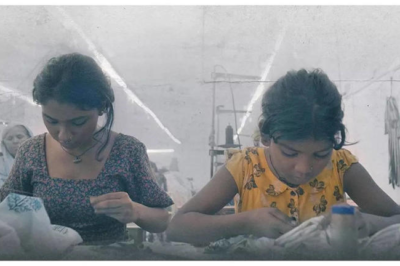
Microplastic pollution has emerged as a pervasive environmental threat, compromising ecosystems worldwide and posing serious risks to aquatic life and human health. These tiny plastic particles, less than five millimeters in size, originate from a variety of sources, including from the degradation of larger plastic debris, synthetic textiles, and even from washing synthetic clothes. As the global community becomes increasingly aware of this issue, the need for comprehensive strategies to control microplastic pollution has never been more critical.
Key Strategies for Microplastic Pollution Control:
- Enhanced Waste Management Systems: Proper disposal and recycling of plastic waste can significantly reduce the volume of microplastics entering our oceans and waterways. Developing and implementing advanced waste management infrastructures are vital, particularly in urban areas where plastic use is high.
- Innovations in Plastic Manufacturing: Encouraging the development of biodegradable alternatives to conventional plastics can decrease the persistence of microplastics in the environment. Support for innovations in plastic manufacturing is crucial to create materials that degrade more quickly and safely in natural settings.
- Public Education and Awareness: Educating the public about the sources of microplastic pollution and its environmental impacts can empower individuals to make more sustainable choices in their daily lives. Public campaigns that promote plastic recycling and the use of non-synthetic materials can also reduce the reliance on traditional plastics.
- Legislation and Regulation: Governments have a critical role to play by enacting policies that limit microplastic emissions in industries. This includes regulations on the production of plastic products, restrictions on single-use plastics, and guidelines for the textile industry to limit synthetic fibers’ release into the environment.
- Global Collaboration and Research: Microplastic pollution is a global problem that transcends borders, requiring international cooperation to address effectively. Supporting research that investigates the pathways and effects of microplastic pollution can also lead to better control strategies and pollution mitigation technologies.
- Community-Based Initiatives: Local communities can contribute significantly to combating microplastic pollution through beach clean-ups, local bans on certain types of plastics, and grassroots movements advocating for environmental stewardship.
The fight against microplastic pollution is complex and demands a multifaceted approach. By integrating improved waste management, innovative manufacturing processes, public education, stringent legislative measures, and global cooperation, we can mitigate the impact of microplastics on our natural environments and move towards a healthier, more sustainable planet. These actions not only protect biodiversity but also safeguard human populations from the adverse health effects associated with microplastic exposure.




































Leave a Reply